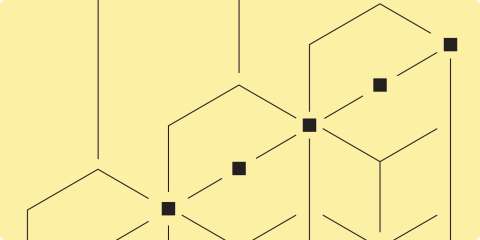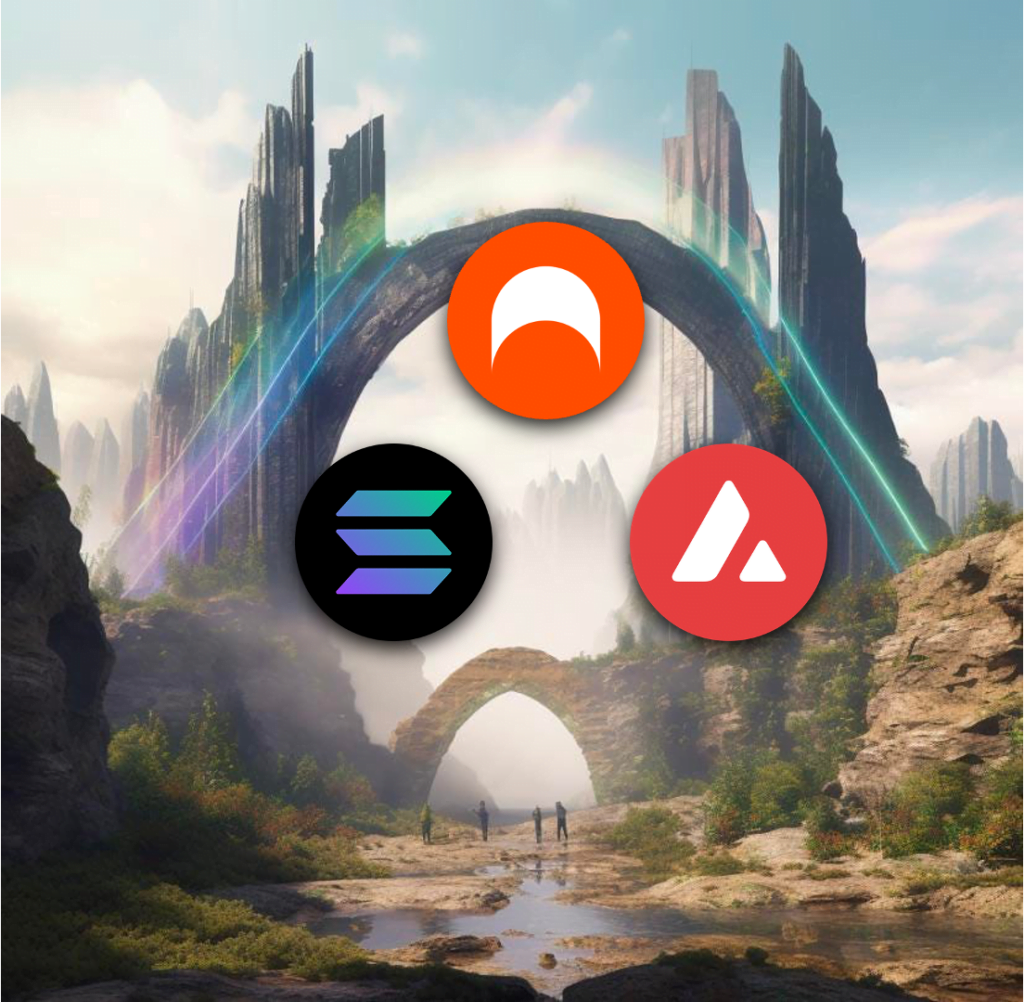Research Summary
The report discusses the growth and potential of Kujira, a decentralized layer 1 ecosystem in the Cosmos network. It highlights Kujira’s suite of DeFi products, its revenue generation, tokenomics, governance, and the team behind it. The report also compares Kujira with its competitors and discusses its risks and audits.
Key Takeaways
Kujira’s Growth and Potential
- Remarkable Adaptability: Despite setbacks after the Luna classic collapse in 2022, Kujira quickly pivoted and built a semi-permissioned blockchain on Cosmos in under six weeks. It now boasts a thriving ecosystem of dApps and tools.
- Strong Growth: Kujira’s Total Value Locked (TVL) has seen significant growth in 2023, currently sitting at over $42m. Over the last month alone, it has seen a 50% growth in TVL.
Kujira’s Revenue and Tokenomics
- Revenue Generation: The primary source of revenue for the protocol comes from its dApps. Users pay network and dApp fees using the $KUJI token. Over the last 90 days, the protocol has generated $100k in revenue.
- Tokenomics: The native token $KUJI serves several purposes including paying network and dApp fees, staking, and governance. Unlike inflationary assets, KUJI relies on the adoption of its dApp and products to generate fees, ensuring the sustainability of the protocol.
Kujira’s Governance and Team
- Governance: Members of the Kujira community have the ability to submit governance proposals that can address various topics. Anyone staking $KUJI can participate in voting on these proposals. At present, there is a healthy 62 million $KUJI tokens staked (50% of circulating supply).
- Team: Kujira was formed in May 2021 and was initially built as a platform for decentralized liquidations on Luna classic. The founders include @cryptoslang1, @deadrightdove, and @codehans1.
Kujira’s Competitors and Risks
- Competitors: Kujira’s closest competitors, Frax and Injective, are also developing a suite of DeFi products. However, Kujira stands out with its distinctive features, including liquidations, multichain wallet support, and cross-chain staking.
- Risks: The project has completed code audits by SCV and is built using CosmWASM v1.0, reducing the risk of reentrancy and DoS attacks. However, residual risks such as centralisation and liquidity remain.
Actionable Insights
- Monitor Kujira’s Growth: Given the strong growth in Kujira’s TVL and its adaptability, it may be beneficial to keep a close eye on its progress and developments.
- Consider the Role of $KUJI: The $KUJI token plays a crucial role in Kujira’s ecosystem, serving multiple purposes. Understanding its role and dynamics could provide insights into the protocol’s sustainability and potential.
- Assess Governance Participation: The level of governance participation, indicated by the number of staked $KUJI tokens, could provide insights into the community’s engagement and confidence in the project.
- Compare with Competitors: Comparing Kujira’s features and growth with its competitors, Frax and Injective, could provide a broader perspective on its standing in the DeFi space.
- Consider Potential Risks: While Kujira has taken measures to mitigate security risks, it’s important to consider residual risks such as centralisation and liquidity when assessing the project.












